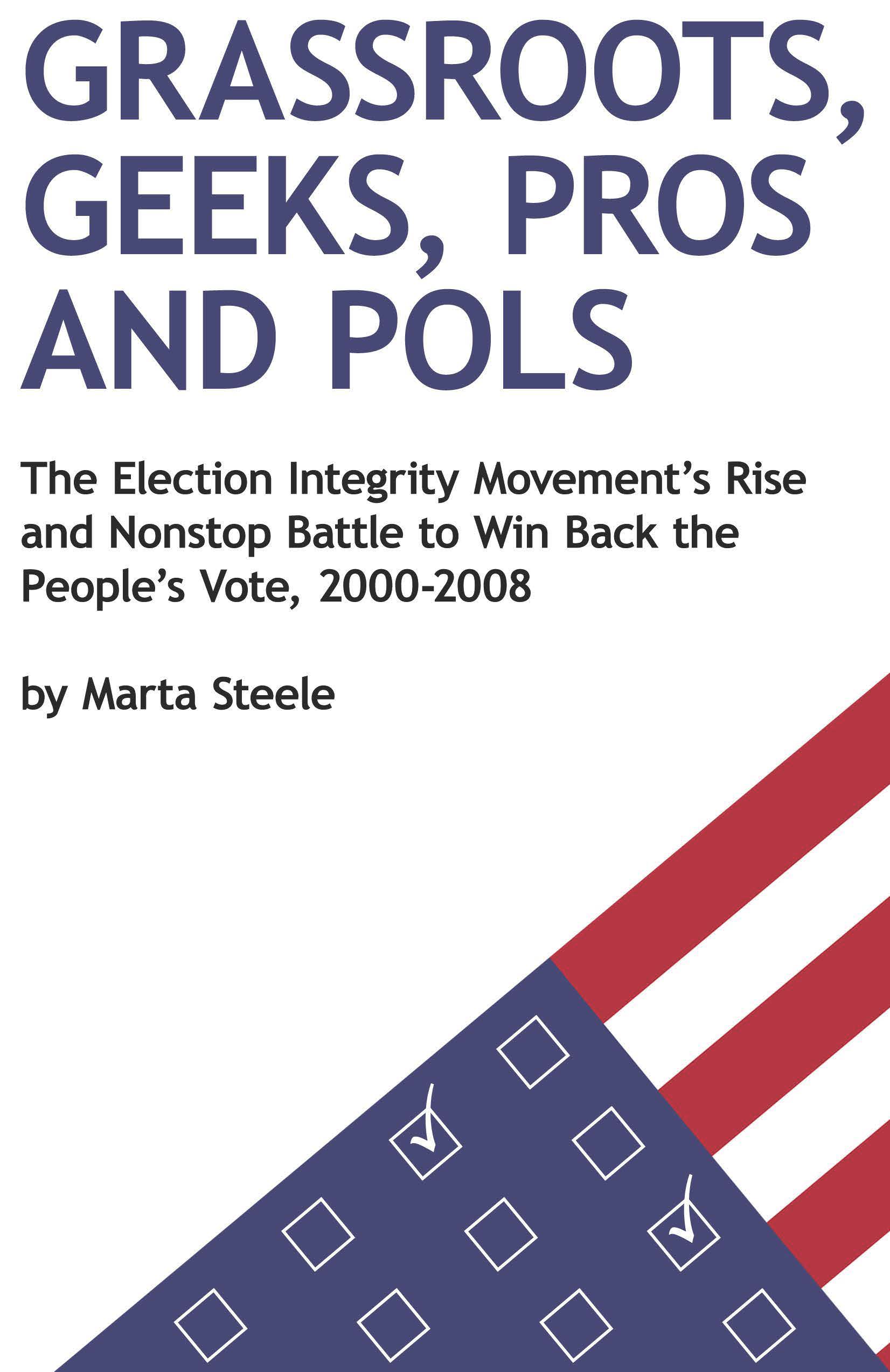Quoting her famous mentor W. Edwards Demming, Mary Ann said that when a system is out of control a full audit is needed until control is restored. Otherwise, the resulting problems are unpredictable.
Said Brenner, she is not sure yet what practice will be followed.
Individual counties will be allowed to vote on whether or not they want to vote by mail. The SoS wants to bring Ohio “into the twenty-first century”—to early voting, vote by mail, and so on; voting in Ohio hasn’t changed in forty years, she said. The voter database still needs work; duplicate names have not yet been removed.
Is there caging? asked Mary Ann. Are you taking steps to reverse it? Are voters being turned away from the polls?
Brenner said that they do send mail to ascertain the accuracy of addresses. If the voter is not there, the mail is returned. But before anything is done, it would be good if the makeup of the legislature could be changed; it is currently dominated by Republicans.
Mary Ann lauded her guest’s strong stand on ethics and then asked how confidentiality can be maintained in an open, transparent system. Is all information kept confidential or are poll workers free to disclose it?
In Ohio the system is closed, was the reply.
And what can the citizens do to help?
Make their voices heard, whether they agree or disagree; communicate with legislators; most citizen response has been positive. What can be done to attract more people to participate? Brenner wants more confidence in the system.
Will long lines be avoided? asked Mary Ann.
They can use a paper ballot if they want to, Brenner answered; absentee ballots or delivering an absentee ballot early to the board of elections are other options.
Mary Ann cited a study at Lehigh University by Dan Lopresti that proved that if a ballot is placed into two different optical scanners, two different results are possible; sometimes this is true if a ballot is inserted into the same machine twice.
There are limitations, admitted the SoS; at one point [the former] Diebold created an illegible ballot; precinct-based scanner results will be compared with central-location results. When the tallies are close, there will be a random hand recount of 3 percent of the votes. . . . We have procedures to check and double check for the primaries.
Participation is the fullest measure of democracy. To become a poll worker, contact the local board of elections or go to its Web site. New high school graduates can visit the site www.sos.state.OH.us.
And how can citizens comment on the recommendations in EVEREST?
They may email the Web site, answered Brenner, or attend legislative hearings. There is limited time, and hearings can’t be held in all eighty-eight counties.
(Note: You can view every article as one long page if you sign up as an Advocate Member, or higher).





